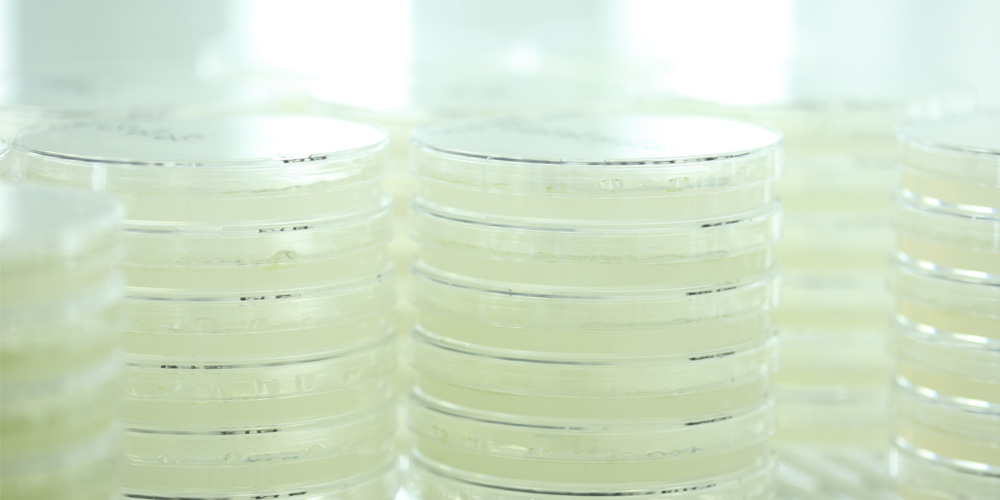
National Institute for Basic Biology




2010.07.22
The research group of Assistant Professor Yamaguchi Takahiro of NIBB and Professor Tsukaya Hirokazu of The University of Tokyo (Adjunct Professor of NIBB) has clarified the system by which "unifacial leaves", which only show the properties of the underside of the leaf, are formed.
Leaves are where plants take in light and produce nutrients through the process of photosynthesis. In order to take in as much light as possible for efficient photosynthesis most plants have flat leaves with distinct upper and underside leaf properties. These are called "bifacial leaves". On the other hand some plants, such as irises and leeks, produce gunifacial leavesh that only have underside properties. The system by which these unifacial leaves are formed was previously unknown; however this research has shown how it functions for the first time. Assistant Professor Yamaguchi and Professor Tsukaya have discovered that leaves become unifacial due to the gene which controls the development of the underside leaf properties working throughout the entire leaf. In addition they have shown that unifacial leaves form their flat shape through a different process than bifacial leaves, and that the gene DROOPING LEAF has the ability to cause unifacial leaves to flatten. The results of this research were published in the journal The Plant Cell on July 20th, 2010.
For more information please see the article in The Plant Cell here.